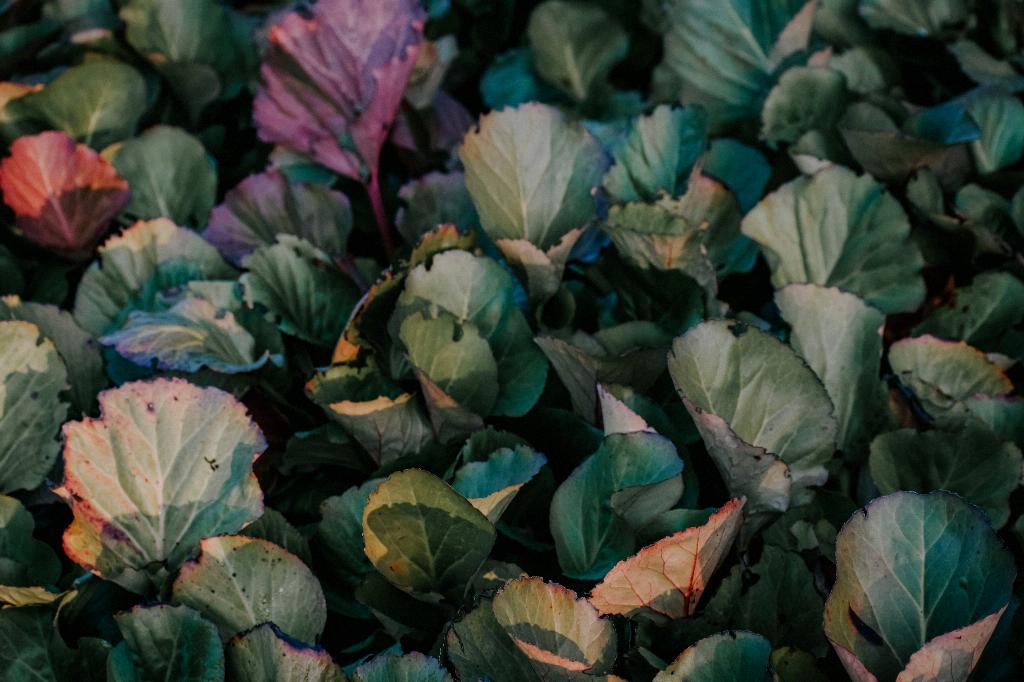Watering begonias can be a bit of a puzzle, trying to strike that perfect balance between arid and soaked. These delicate plants thrive when their roots are kept consistently moist but not waterlogged. As a rule of thumb, aiming to water your begonias every two to four days can help maintain this delicate equilibrium.
It’s important to consider environmental factors when determining your begonias’ watering schedule. In hot, dry conditions, your plants will likely need more frequent watering to combat evaporation and keep the soil consistently moist. On the other hand, during cooler periods or when the soil retains more moisture naturally, you may be able to stretch out the time between waterings.
Observing your begonias closely can also provide valuable insights into their watering needs. Keep an eye on the soil’s moisture level – it should feel slightly damp to the touch but not waterlogged. If the top layer of soil feels dry, it’s likely time to water your plants.
Another indicator to watch for is the begonias’ leaves. If they start to wilt or become discolored, it could be a sign that your plants are thirsty and in need of a drink. However, be cautious not to overwater them, as this can lead to root rot and other issues.
When it comes to the frequency of watering begonias, consistency is key. Establishing a regular watering routine and sticking to it can help prevent fluctuations in soil moisture levels that may stress your plants. By watering every few days, you can maintain a stable environment for your begonias to thrive in.
Remember that the type of pot your begonias are in can also affect their watering needs. Clay pots, for example, tend to dry out more quickly than plastic ones, so you may need to water begonias in clay pots more frequently. Monitor the soil moisture closely in different types of pots to ensure your plants are receiving adequate hydration.
During periods of active growth, such as the spring and summer months, begonias may require more frequent watering to support their increased metabolic activity. Adjust your watering schedule accordingly to meet the seasonal demands of your plants and provide them with the nutrients they need to flourish.
Furthermore, the size of your begonias and their root systems can impact how often they need to be watered. Larger plants with extensive root networks may require more frequent watering to ensure that water reaches all parts of the root system. Take the size of your plants into account when determining their watering schedule.
When watering your begonias, aim to water them thoroughly but avoid waterlogging the soil. Allow excess water to drain away from the pots to prevent standing water, which can suffocate the roots and invite disease. Proper drainage is essential for maintaining healthy begonias.
Consider using a watering can with a fine spout or a spray bottle to deliver water gently and evenly to your begonias. Avoid pouring water directly onto the leaves, as this can promote fungal diseases and damage the foliage. Aim to water at the base of the plant to ensure the roots receive adequate moisture.
In conclusion, determining how often to water begonias involves finding that sweet spot between too little and too much moisture. By observing your plants, considering environmental factors, and maintaining a consistent watering routine, you can provide your begonias with the hydration they need to thrive. Remember to adjust your watering schedule based on seasonal changes, pot types, plant size, and signs of plant stress to keep your begonias happy and healthy.

